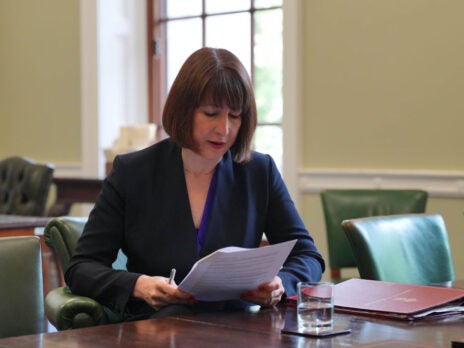In 2019 Boris Johnson’s Conservatives scored an astonishing general election win, relegating the Labour party to one of its worst defeats in history. The slogan “Get Brexit Done” had currency, and with it Labour’s Corbyn Project was smashed.
The result was quickly written up as one that would take Labour a decade to unpick at the least.
But how would Britain vote if an election was held today?
The 2024 general election of 4th July looks set to be a dramatic about-turn in British public opinion. But by how much, and where?
The Britain Predicts forecast model tells all. Here’s how the seats would split in an election held today.
Our model, set up in 2021, has form for accuracy in parliamentary by-elections. Now it has been refreshed to forecast more accurately how Britain would vote as a whole, accounting for the new boundaries, local party strength, and the growing importance of tactical voting.
Track the polling
Britain Predicts was built by Ben Walker of Britain Elects, and Michael Goodier and Josh Rayman of the New Statesman. The model turns poll shares into predicted seats in the House of Commons through a modified system of the strong transition model. This model is one of the more advanced daily predictors of a general election result.
The model, in anticipation of the general election, has been updated to account for the new boundaries as well granular party strength, using both local election data and historic modelling of how the seats likely voted as far back as 2005 to gauge who’s ahead in the horse-race really.
Tactical voting is a reality in any First Past The Post democracy, and it now features within the figures seen on your screen.
Methodology
An election calculator is not a flawless way to predict an election, but a number of those online today have form for getting the results roughly right.
Britain Predicts recognises that the country doesn’t often vote or swing as one, and that there are people in some constituencies who are more susceptible to changing their vote than those living elsewhere.
The engine of the calculator is based on the strong transition model (STM) of predicting UK elections, created by Martin Baxter of Electoral Calculus. The advantage of this model over the simple uniform national swing (UNS), which is often used elsewhere, is that parties with a declining vote share nationally cannot get negative votes in any particular seat, or gain votes to more than 100 per cent of the total. Parties that fall, say, four points nationally, won’t necessarily fall four points locally. Instead, they fall multiplicatively, with those losses split among the advancing parties in proportion to their national gains.
Another modification the STM makes is dividing the parties up into strong and weak voters. Strong voters are less prone to shifting their support than weak voters. This means the model takes incumbency into account, as parties with large proportions of strong supporters in a seat will lose a smaller number of votes in that seat than under the standard model of UNS.
The New Statesman’s model makes several amendments to the STM. Firstly, we recognise that weak voters can be reinterpreted as swing voters, and so rather than applying a uniform threshold of 20 per cent to split voters into strong and weak based on seat turnout, we have created separate thresholds for each party in each seat. This is based on British Election Study figures showing 29-35 per cent of voters chose a party different to the one that they had previously voted for at the most recent general election. We then adjust this threshold based on how much a party’s vote share has historically fluctuated in each seat, both at a parliamentary level and a local council level.
We have also split the model up to treat Scotland and Wales separately, as they have single-nation parties (the SNP and Plaid Cymru).
It is worth noting that this is a model, and like every model, it has its limitations and assumptions. We have chosen not to link the Reform Party to the Brexit Party vote of 2019. This is for several reasons. Firstly, the Brexit Party solely targeted seats that would work against the chances of anti-Brexit parties in 2019, but the Reform Party intends to stand across the UK (which means that, theoretically, Reform could decline in vote share but still pick up votes in more seats than the Brexit Party did in 2019). Secondly, the local election results of May 2021, 22, 23 and 24 all showed a poor correlation between the Reform Party performance and the Brexit Party performance of 2019.
The decision also means that around 200 seats will have, in effect, “stranded voters”. These are people who voted for the Brexit Party in 2019 but will, theoretically, be mostly unmoved by model calculations. To solve this, we have sought to redistribute the Brexit Party vote to other parties based on how they would have voted had the Brexit Party not stood. This is based on polling of second preferences and post-election movement at the time.
Model queries can be directed to Ben Walker on ben.walker@newstatesman.co.uk
[See also: Mapped: The new constituency boundaries for England and Wales]


